Causes and Solutions for Morphological Alterations in Cells
Oct 14,2025
In cell culture, healthy cells typically maintain distinct morphologies. However, since culture is a continuous and dynamic process, their appearance can shift, sometimes showing filaments, clumps, or vacuoles. These changes may reflect natural physiology or altered culture conditions. To help you quickly spot the causes and bring cells back to their best state, in this Cell Culture Academy, we have compiled common reasons for cell morphological changes, along with practical solutions.
Ⅰ. Cell Density Imbalance
Cause: Cell proliferation is a dynamic process, and cell morphology can vary depending on density. At low densities, cells tend to spread out, while at higher densities, they usually appear more uniform (Figure 1). However, if the density exceeds the optimal range, responses such as contact inhibition may occur, resulting in altered cell morphology.
Solution: Maintain appropriate cell density throughout the culture process. If abnormal morphology arises from overcrowding, timely subculturing usually restores normal appearance. Avoid waiting until cells are overly confluent before subculturing; regular passaging is essential for preserving healthy morphology and overall cell condition.
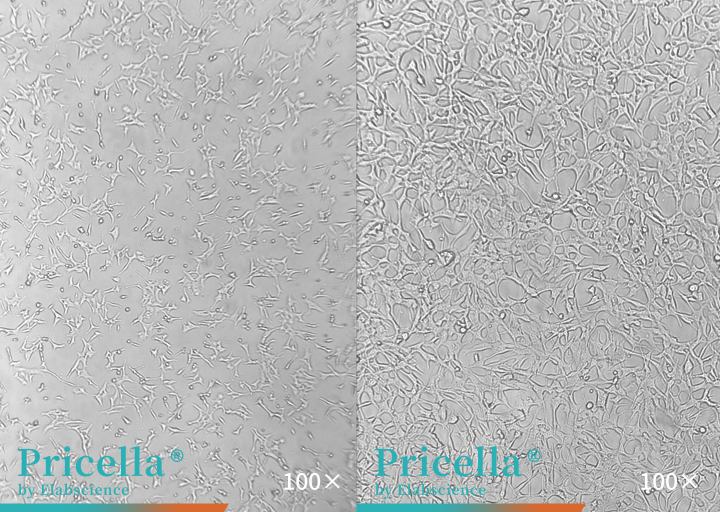
Figure 1. C8-D1A cells at different culture densities (left: low; right: high)
Ⅱ. Medium Compatibility
Cause: Some cells thrive only in specific media and are sensitive to particular conditions, such as pH, osmolarity, or glucose concentration. Changing the medium formulation can disrupt cell health and morphology.
Solution: Always follow the recommended culture system for each cell type. Avoid switching to other media unless absolutely necessary.
Ⅲ. Serum Batch Sensitivity
Cause: Some cells are highly sensitive to serum. Replacing the serum with a different brand or batch without allowing the cells to adapt can cause stress, leading to changes in morphology (Figure 2).
Solution: Use a gradual, stepwise transition to minimize the impact on cells. The recommended procedure is as follows:
1. Mix 25% of the new serum with 75% of the original serum and culture the cells for 1-2 passages.
2. Mix 50% of the new serum with 50% of the original serum and continue culturing.
3. Mix 75% of the new serum with 25% of the original serum for subsequent passages.
4. Finally, switch to 100% of the new serum for ongoing culture.
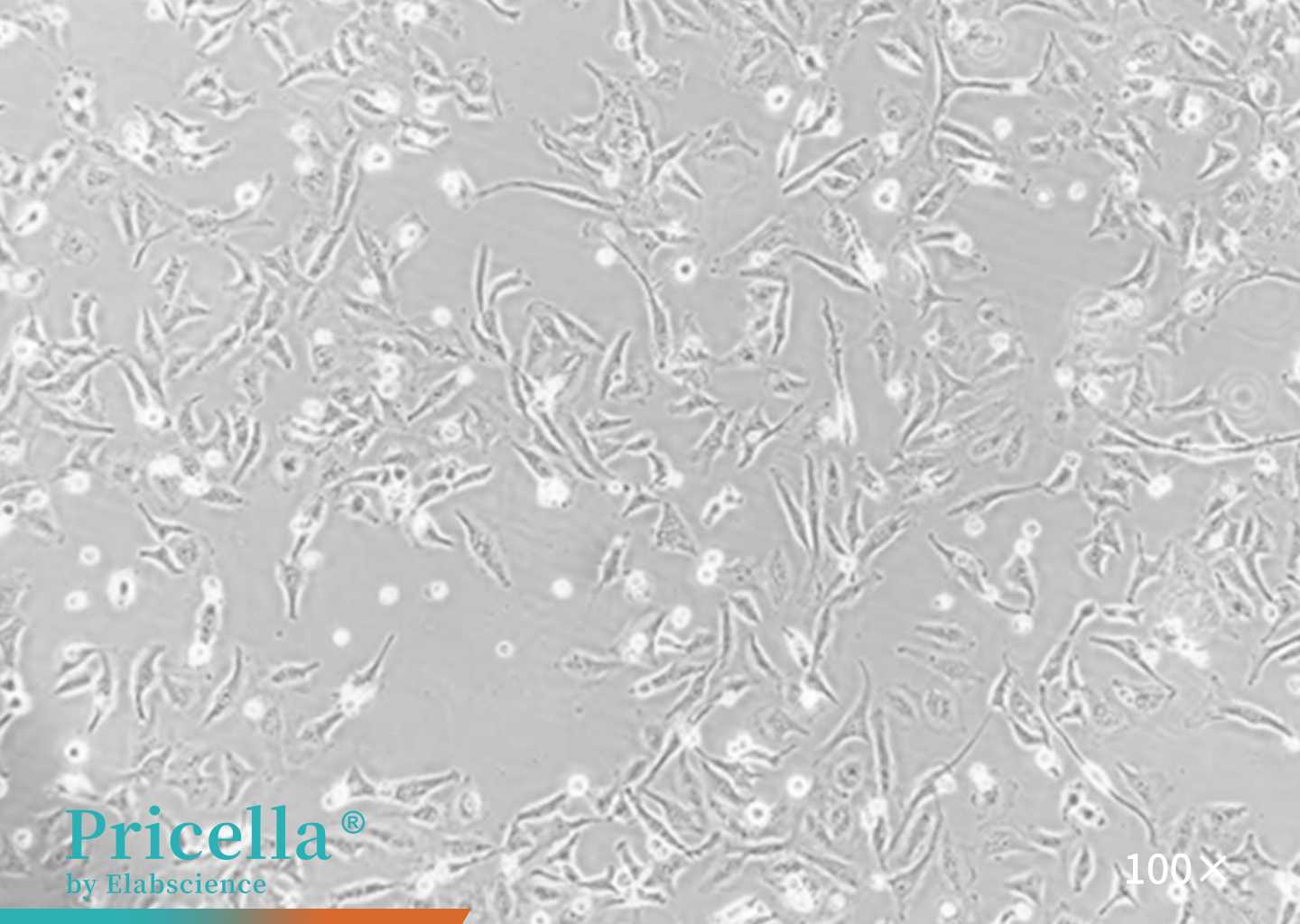
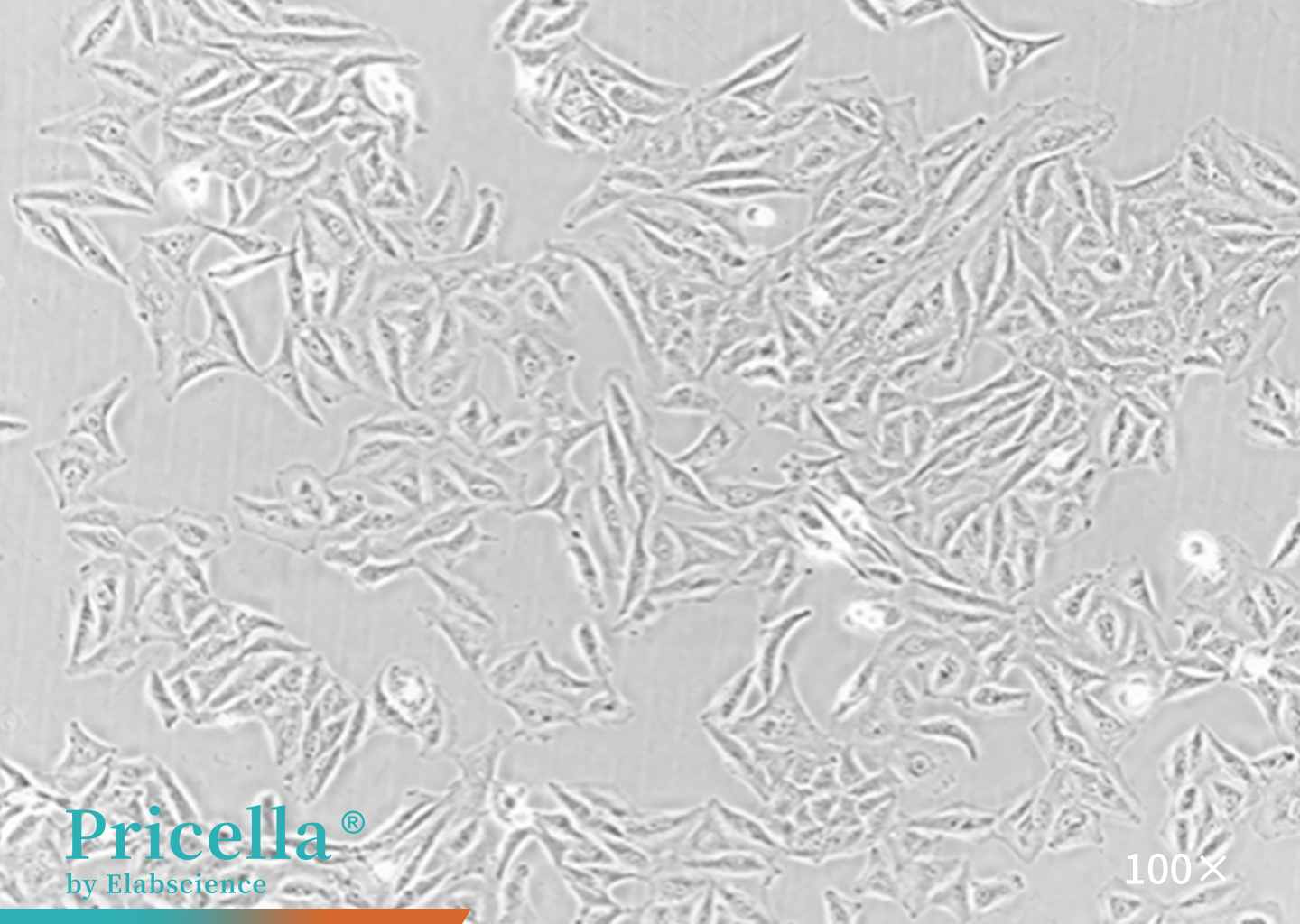
Figure 2. HeLa cells before and after serum replacement (left: before; right: after)
IV. Nutrient deficiency
Cause: A lack of essential growth factors (e.g., insulin) or other key additives in the medium can prevent cells from meeting their specific nutritional needs, potentially altering their morphology and growth.
Solution: Follow the recommended culture conditions for each cell type and add necessary components at the suggested concentrations. Use a complete growth medium whenever available for these cell.
V. Cell stress response
Cause: Certain drugs can trigger cell stress pathways, such as oxidative stress or the DNA damage response, resulting in cytoskeletal rearrangement, altered metabolism, and changes in cell morphology.
Solution: Perform a full cytotoxicity assessment (e.g., using CCK-8 or MTT assays) before drug treatment and follow all drug instructions carefully. If morphological changes are observed in treated cells, assess the extent of cell damage and viability, and adjust the drug regimen accordingly.
VI. Biological Contamination
Cause: Exogenous microbial contamination, such as bacteria, fungi, or mycoplasma, can alter cell morphology (Figure 3) by secreting toxins or competing for nutrients.
Solution: Identify and eliminate the source of contamination promptly. For mild contamination, appropriate removal reagents or antibiotics can be used. For severe contamination, discard the affected culture immediately and thoroughly disinfect the culture area. Prevention is always preferable, maintain strict aseptic techniques to minimize risk.


Figure 3. B16-F10 cells before and after treatment with Anti-Mycoplasma Treatment Reagent (left: before; right: after)
VII. Improper Experimental Operation
Cause: During cell culture, improper techniques, such as over-digestion, excessive pipetting, or applying too much force, can lead to changes in cell morphology.
Solution: Enhance technical skills to ensure that every step of the cell culture process adheres to established protocols, minimizing morphological changes caused by operational errors (Figure 4).
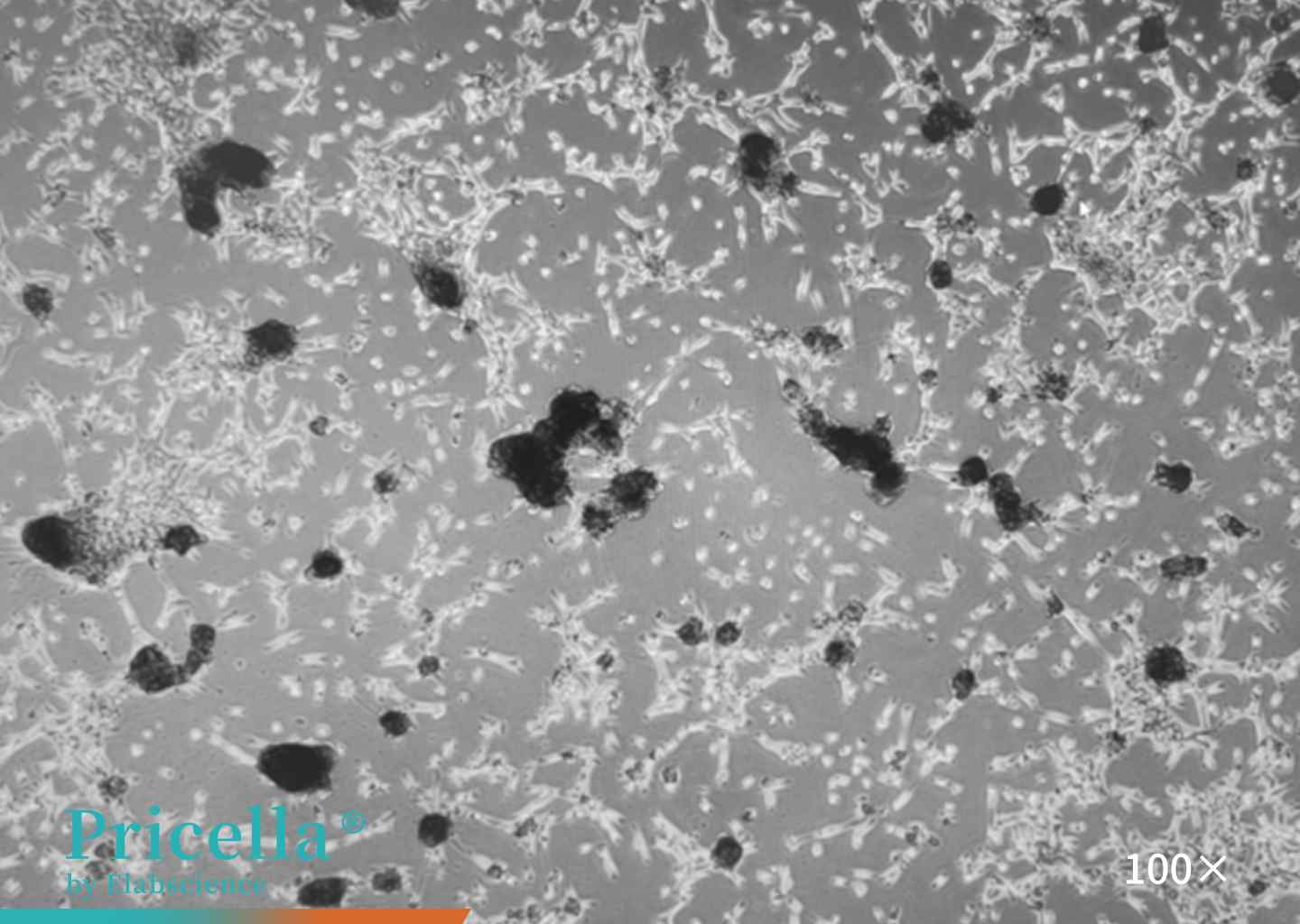
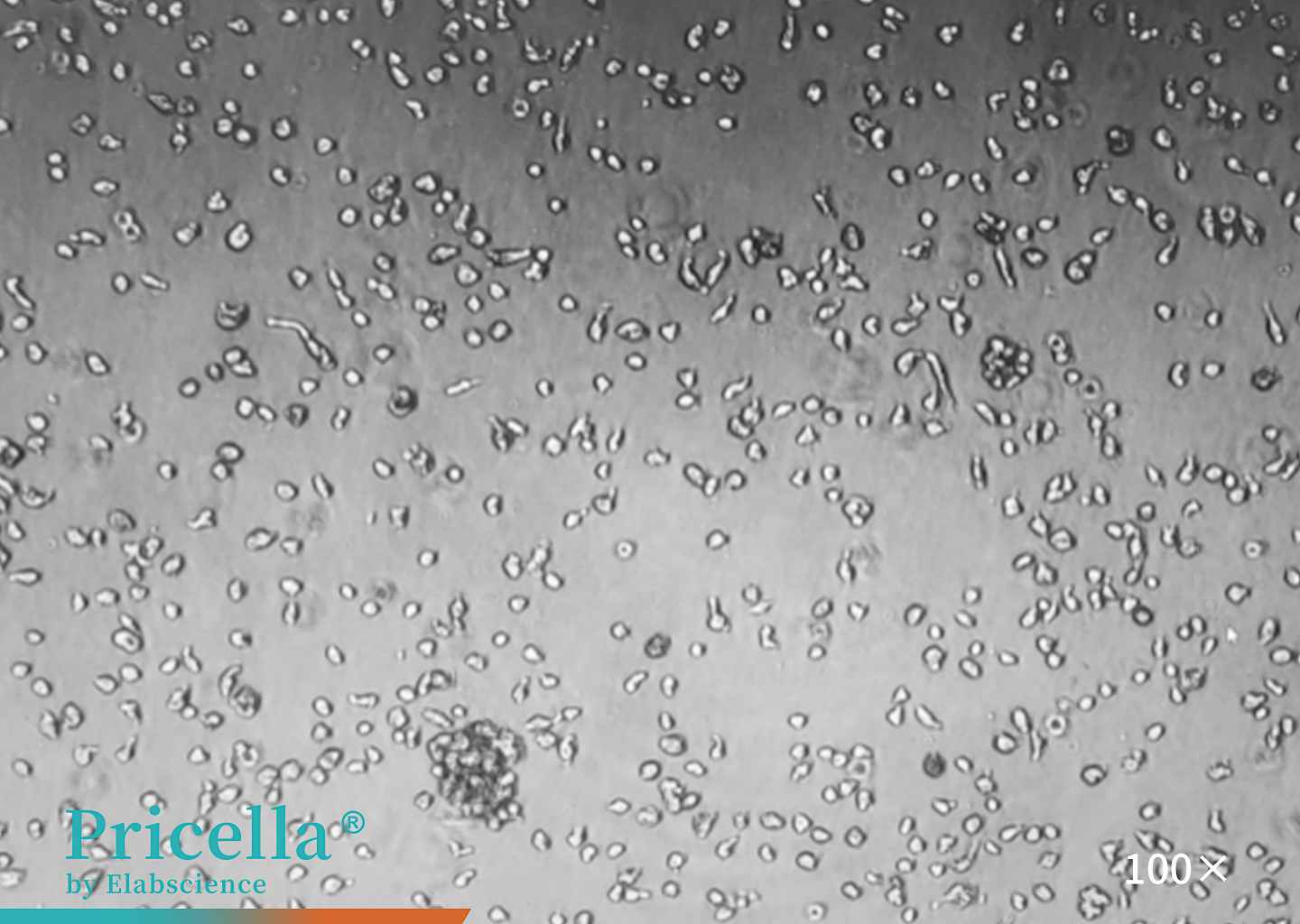
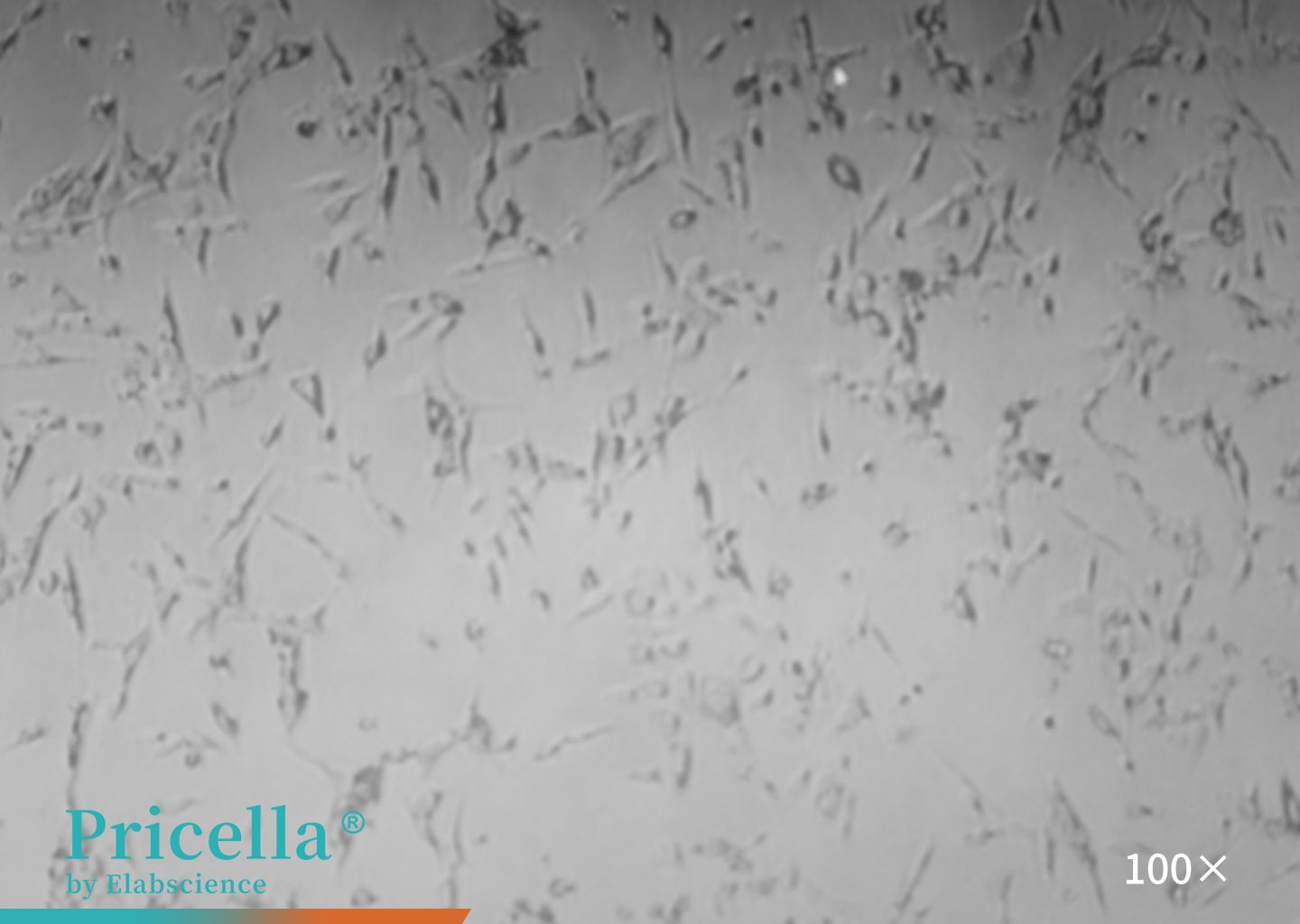
Figure 4. MCF 10A cells before and after passage (left: clumped; middle: digestion and re-plating; right: monolayer spreading)
In summary, cell morphological changes can arise from a variety of complex factors, and careful evaluation is required in each case. Identifying the underlying cause is essential for implementing appropriate measures to restore and maintain normal cell morphology.
Next: Unveiling the Key Points of MDA-MB-231 Culture: Making Breast Cancer Research Easier


